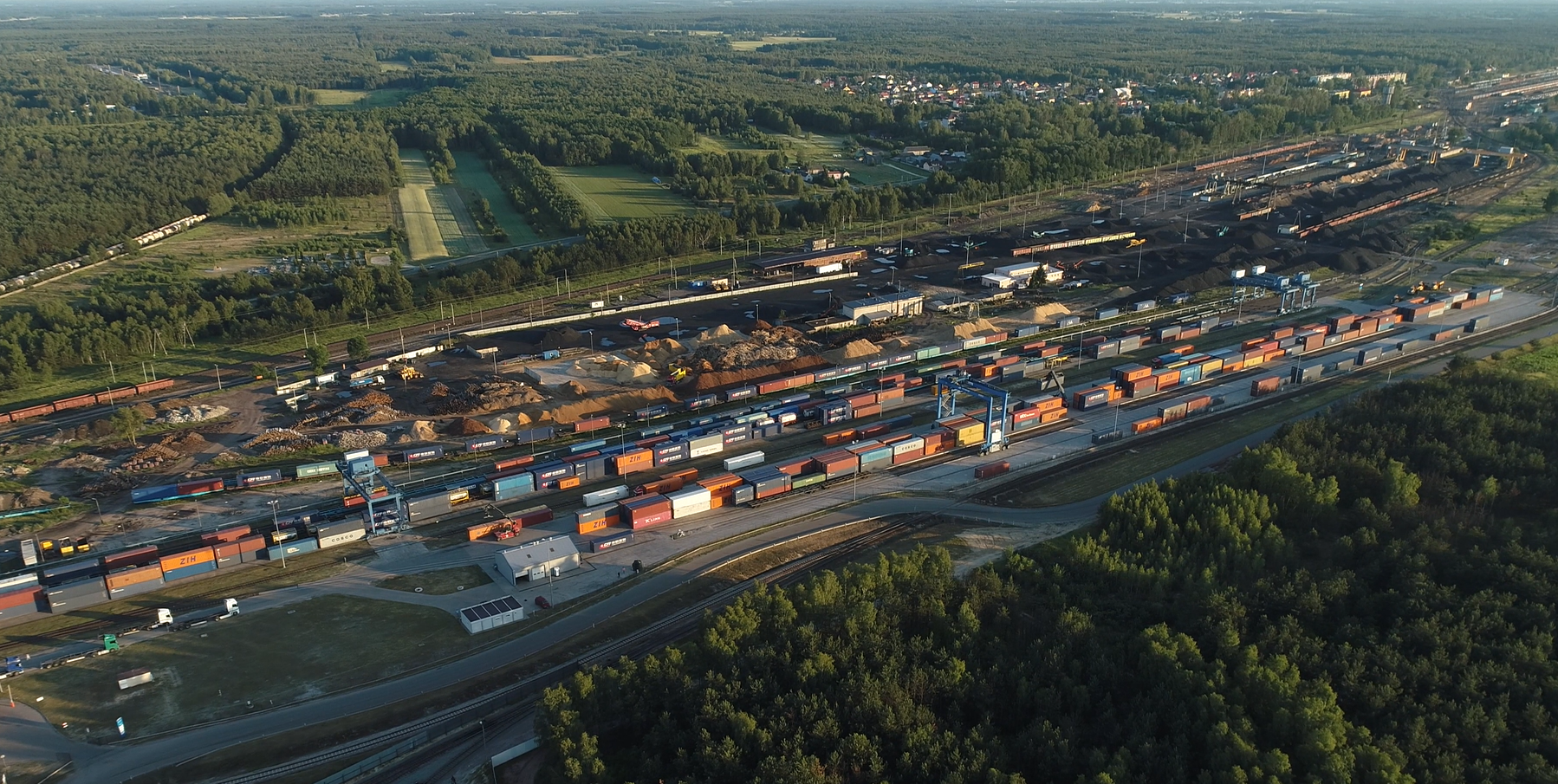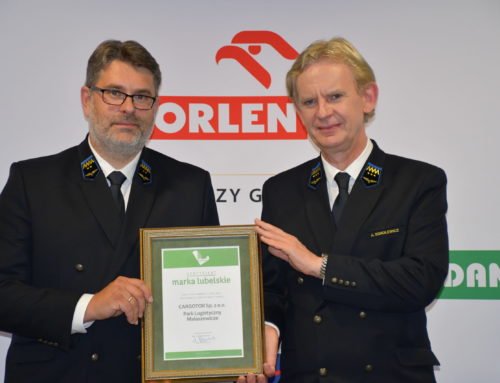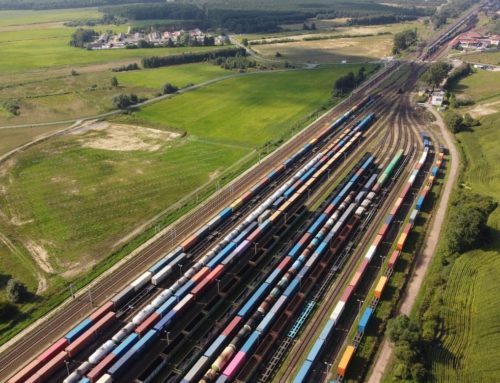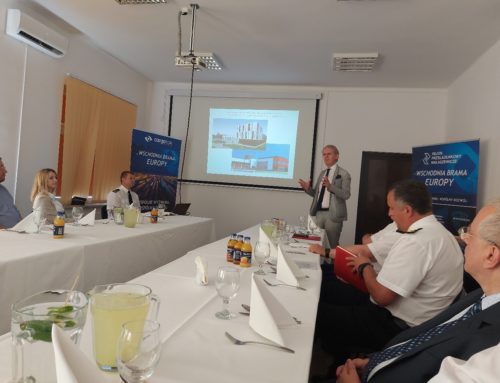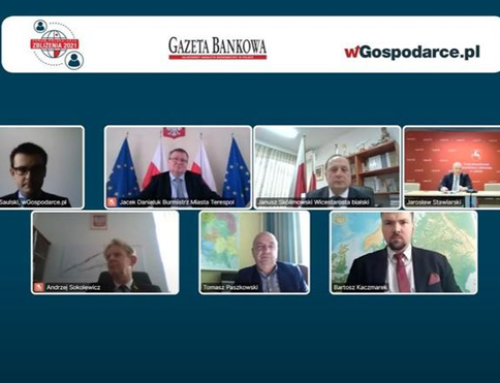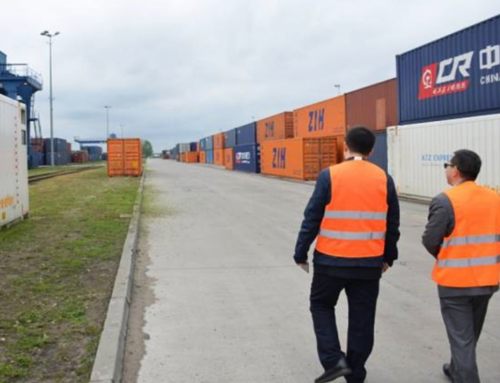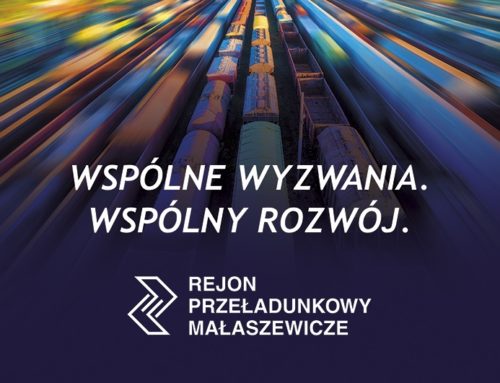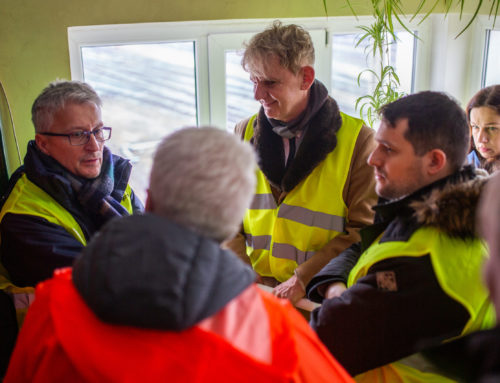The period of the coronavirus pandemic associated with the reduction of air, sea and car transport between Europe and China contributed to the increase in the importance of rail transport. The recent events on the Suez Canal further prove that the golden age for railways may still be ahead of us.
In the early morning of March 23, 2021, the 400-meter container ship Ever Given ran aground through the Suez Canal, completely blocking one of the world’s key sea routes. Sailing in both directions was only restored a week later.
According to industry analysts, the consequences of this incident are already visible. First of all, there was a further increase in rates for containers in sea freight, which had already increased significantly during the pandemic. The congestion of seaports due to the accumulation of supplies after the unblocking of the Egyptian sea corridor is also not without significance.
The nearly 200 km long Suez Canal, which connects the Red Sea and the Mediterranean Sea, currently flows from 10 to 12 percent of world trade. It is the shortest waterway between Asia and Europe. The blockage of such an important corridor in the global supply chain clearly shows its fragility and intensifies the search for alternative, safer methods of transport.
According to the Center for Eastern Studies, both the period of the coronavirus pandemic and the recent ‘peripeteia’ of the Ever Given container ship have contributed to the dynamic growth (by 50 percent) in the number of rail transports between China and Europe. However, this is only an additional impulse to the development of the market, which has been growing organically for several years.
The railway connection between China and Europe, known as the New Silk Road (NJS), runs through many countries, but it takes only about 14 days to travel by train from the terminal in China to the terminal in Poland. For comparison, it takes over a month to travel by sea between China and Europe.
One of the key points of the NJS, which is the eastern gate to the European Union countries for the countries of Asia, is the border crossing Brześć/Terespol and the Małaszewicze Transshipment Area (RPM) located just behind it. It is also the fastest and shortest rail route between China and Europe.
It is enough to mention that last year a record 592,000 people traveled by rail on the route from China to EU countries through Russia and Belarus. TEU. As much as 90 percent of all shipments were transhipped in Małaszewicze. Therefore the constantly growing interest in RPM of carriers from China, South Korea and even Japan is not surprising,
Cargotor, the manager of the railway infrastructure in Małaszewicze, in cooperation with PKP PLK, will soon begin a comprehensive modernization and expansion of this area.
The Logistic Park Malaszewicze is to be built on an area of approximately 30 km2. The said park will be able to use the growing potential of trade between EU countries and China.
According to Cargotor data, in the first quarter of this year. compared to the year 2020, there was an increase in the number of intermodal wagons in Małaszewicze transported in both directions on a wide track by 70 percent. It’s over 40,000 wagons with containers.
The global number of wagons sent by RPM increased by 11 percent in the period from January to March this year and amounted to 172 thousand wagons (on the wide and normal track). In April this year compared to March this year there was a 12% increase in the number of intermodal wagons in Małaszewicze in both directions along a wide track. It’s over 15,000 wagons with containers.
Ultimately, Małaszewicze is to be the most modern and largest central transhipment point in Europe, as well as the main transhipment point on the New Silk Road route. The current capacity of Małaszewicz is to increase fourfold.
